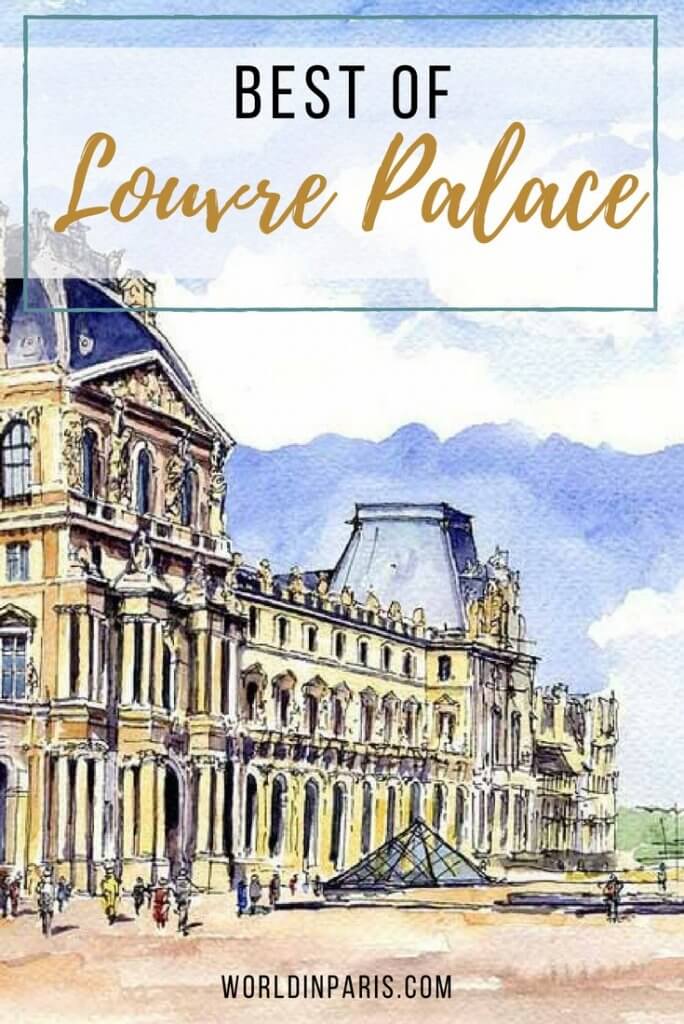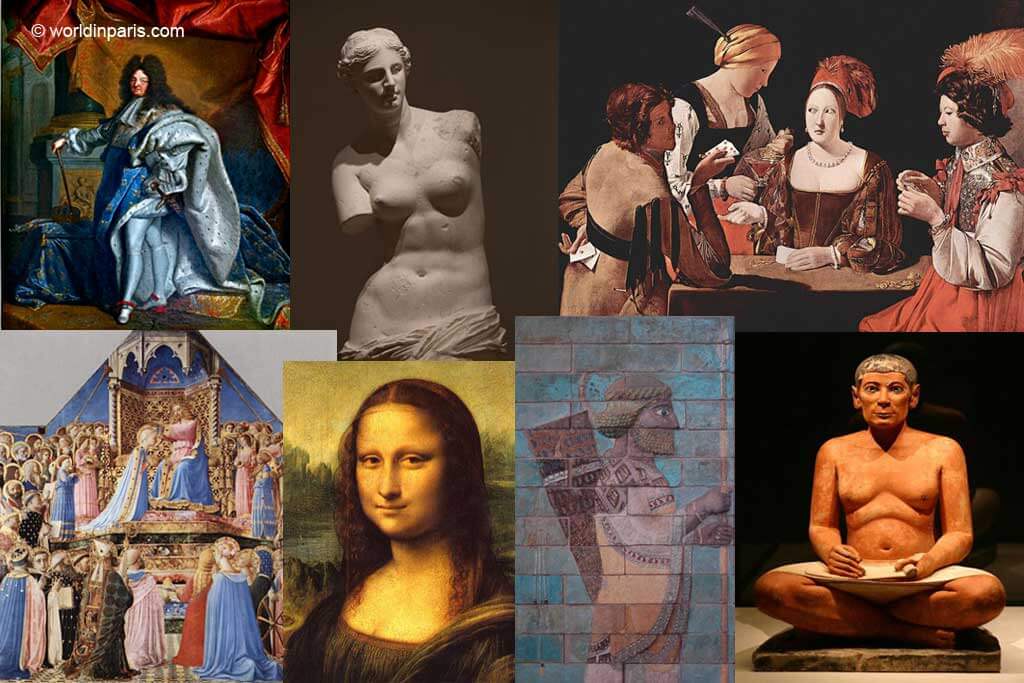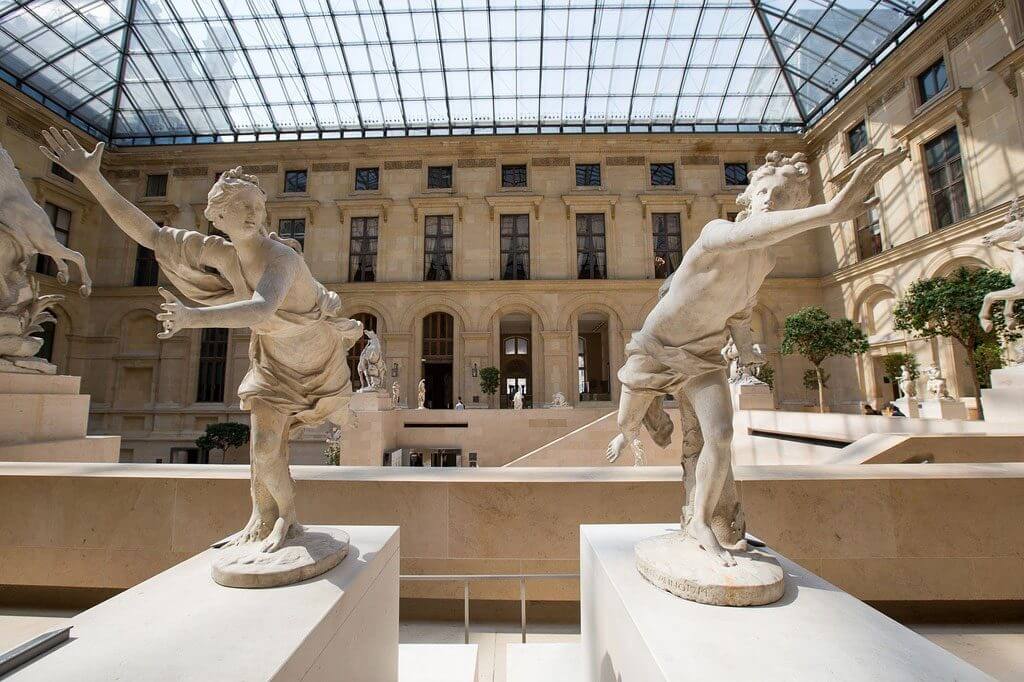Palais du Louvre – A Royal Residence Turned into the World’s Best Museum
For many centuries, the Louvre Museum – the world’s best museum – was the Palais du Louvre, home to French Kings and Queens. Since the first construction in the 12th century, France’s main rulers – from King Philippe Auguste to François Mitterrand – have left their footprint on the Louvre Palace by enlarging or embellishing it.
In this article, we will forget the Louvre artwork for a moment and visit the Louvre interiors – Louvre’s most beautiful galleries and halls – while learning the history of the Louvre Palace.
Buy Your Louvre Tickets Online
Don’t waste your time waiting in line! If you want to skip the line, Louvre Guided Tours with an expert guide are the way to go. Guided groups enter the Louvre through Passage Richelieu, a special entrance with zero waiting time.
- Priority Entrance Ticket + Small Group Guided Tour
- Priority Entrance Ticket + Private Guided Tour
- Other Louvre Guided Tour Options
You can also buy a timed Louvre ticket. When you purchase the tickets online, you choose a specific date and time slot, ensuring a quick entry to the Museum in less than 30 minutes.
Visitors with a tourist pass can access the Louvre via a special line, which is much shorter than the other Louvre lines. The Paris Museum Pass is the most popular tourist pass in Paris, but there are other options. Check out our Paris Pass Comparison to get the full picture.
Plan your Visit to the Louvre Museum and Palace
The Louvre Museum is one of the top places to visit in Paris. We recommend visiting the Palais du Louvre in the following Paris itineraries:
- 2 days in Paris itinerary
- 3 days in Paris itinerary
- 4 days in Paris itinerary
- 5 days in Paris itinerary
- 6 days in Paris itinerary
- 7 days in Paris itinerary
History of the Louvre Palace
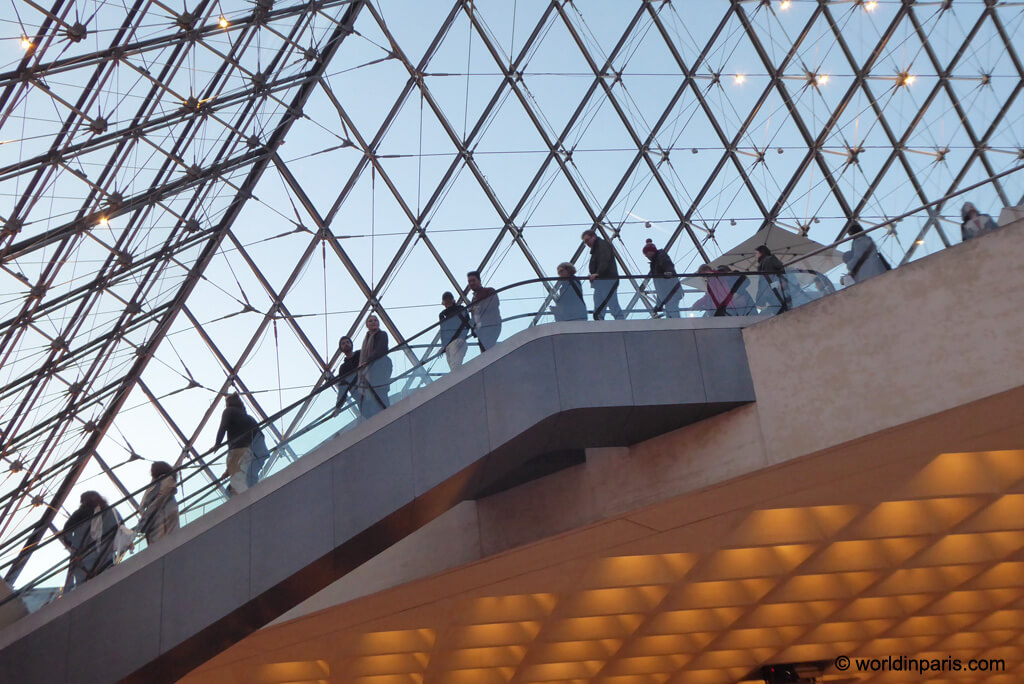
Who built the Louvre? The Louvre Palace has a long history, starting back in Medieval times. The Louvre architectural style is a mix of different styles from different Kings (and their architects) and periods. Here are the main contributors to the Louvre Palace:
King Philippe Auguste (1180-1223). He built the first structure, a medieval fortress, to secure the Paris city wall.
King Charles V (1364-1380). When the Louvre lost its defensive role, he transformed the Louvre fortress into a luxurious royal palace.
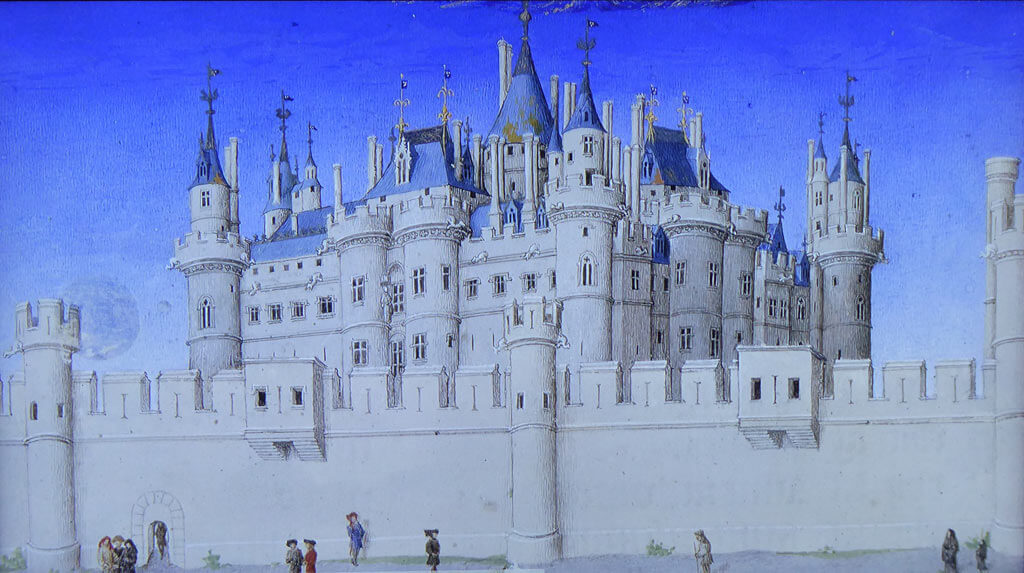
King Henri II (1547-1559). This King enlarged the Louvre Palace with new structures with classical features. When the King died, his wife, Queen Catherine de Médicis, ordered the construction of the Tuileries Palace, a weekend palace. The city’s walls separated both palaces.
King Henri IV (1595-1610). He was one of the most important Kings who lived in the Palais du Louvre. He conceived the “Grand Dessein” (great design), a master plan to connect the Palais du Louvre to the Tuileries Palace. This connection was made with the construction of the Grande Galerie.
King Henri IV’s architects also designed the Cour Carrée.
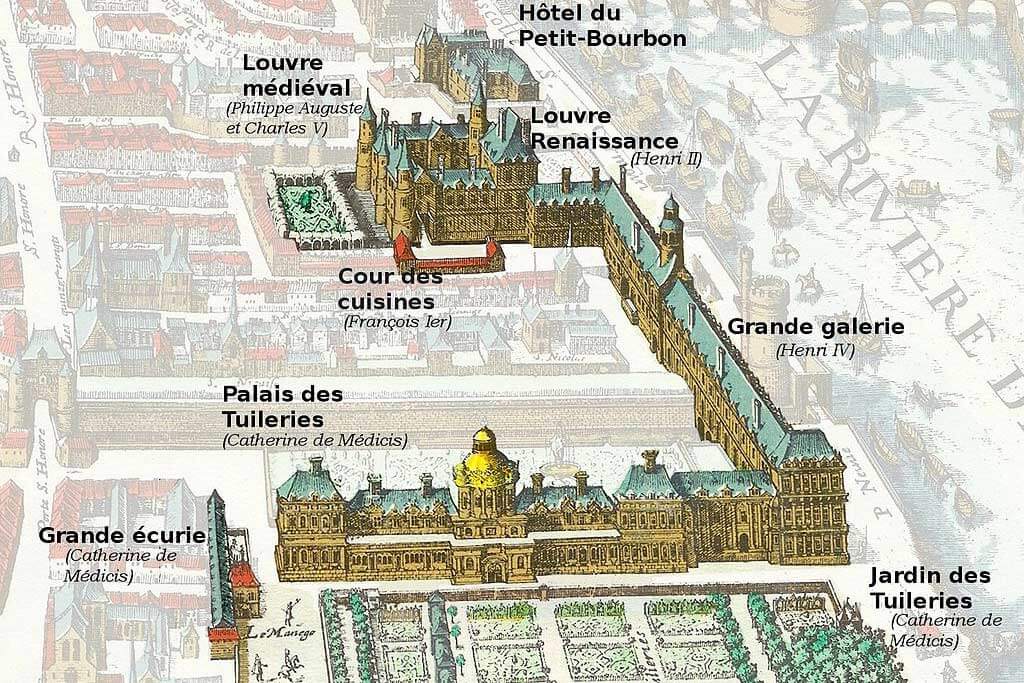
Emperor Napoléon I (1804-1815). He built the North Wing, parallel to the Grande Galerie. During his rule, Napoleon I also commissioned the Arc de Triomphe du Carrousel to glorify the access to the Tuileries Palace.
Emperor Napoléon III (1852-1870). He wanted to complete his predecessors’ master plan; it is a pity that a big fire destroyed the Tuileries Palace! With the demolition of the Tuileries Palace, the Louvre Palace opened onto the city, offering new opportunities for major renovations.
François Mitterrand (1916-1966). He launched the “Grand Louvre Project,” which consisted of assigning all the Louvre Palace rooms to the Louvre Museum (until then, the Richelieu Wing was occupied by the Ministry of Finance) while modernizing and improving the presentation of the artwork.
Mitterrand also commissioned the Louvre Pyramid, which has been the Louvre’s main entrance since it opened in 1989.
A Peek Inside the Louvre Palace
Here’s a peek inside the Louvre Palace: our favourite rooms, halls, and galleries of the best museum in the world!
1. Medieval Louvre Castle
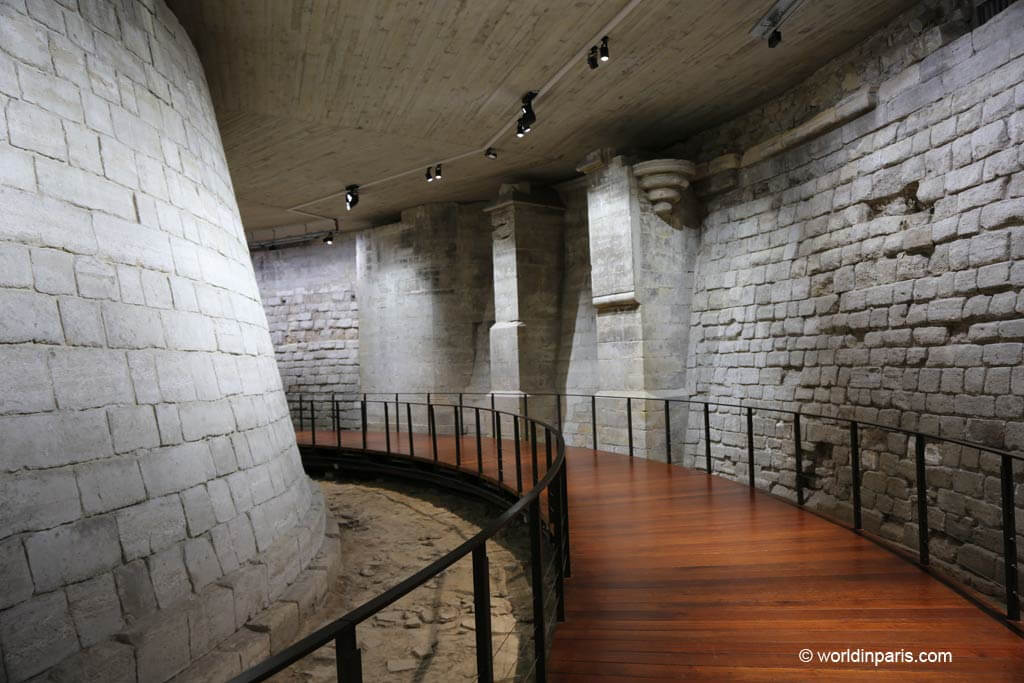
The construction of the Louvre Castle started in the 12th century under the rule of King Philippe Auguste, who wanted better protection for Paris before leaving for the Crusades.
The Louvre was a small medieval castle, part of the fortress protecting the city. Medieval Paris was a small city, limited in the south by the Seine River.
This Medieval Louvre Castle was square in plan, with circular defensive towers and an imposing central keep. The Louvre was separated and protected from the Seine River by a moat fed with the River’s waters.
During the Grand Louvre Project, the renovation works unveiled this Medieval Louvre, some parts of Medieval Paris, and sections of King Charles V’s city walls, which are today part of the Louvre Museum.
After a great mise en scène (staging) work, visitors can see part of the foundations of that first Louvre fortress, the moat, and also parts of the defensive towers.
WHERE: Sully Wing – Lower Ground floor
2. Salle des Caryatides (Sully Wing)
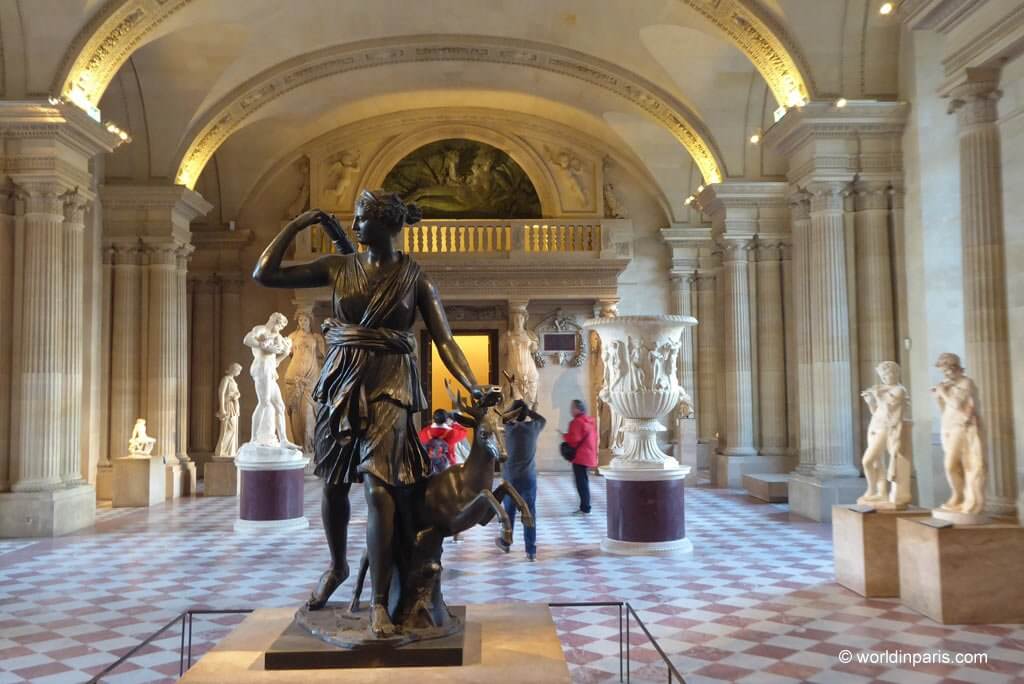
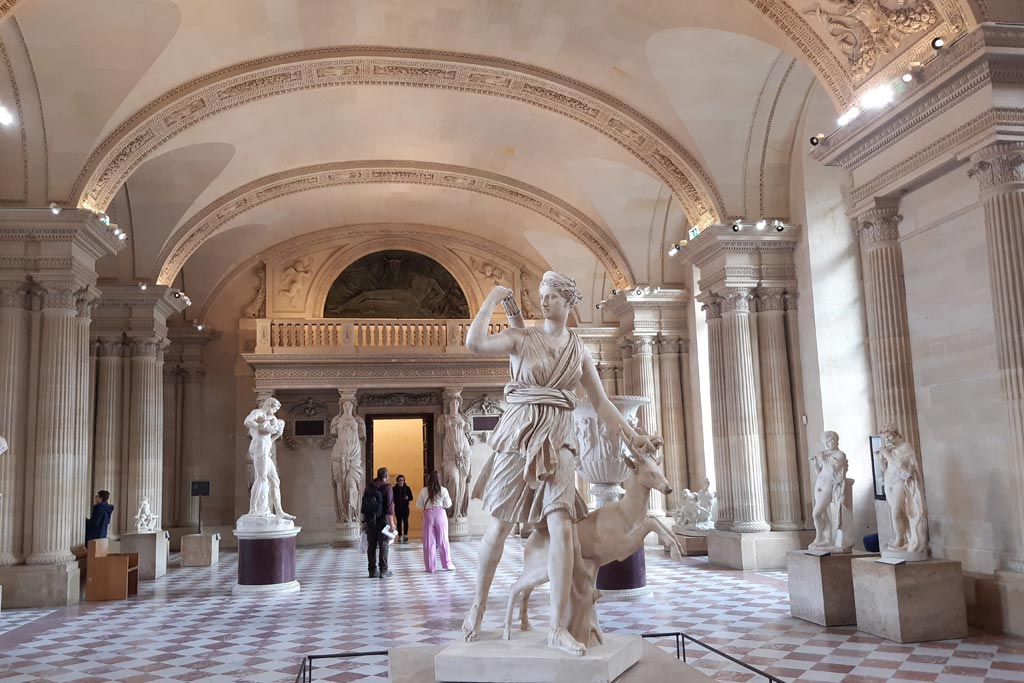
The Salle des Caryatides (Caryatids Room) is a beautiful hall with an entrance decorated with four impressive Greek caryatids (stone carvings of draped female figures, used as a pillar to support the entablature of a Greek-style building), hence its name. It was built during the reign of King Henri II as a ballroom for glamorous parties.
Before the first Louvre Museum was founded (1793), this hall hosted King Louis XIV’s sculpture collection for some years. King Louis XIV lived in the Louvre during the first years of his reign, before moving the court to the Château of Versailles.
Finally, in the late 18th century, the Salle des Caryatides hosted some important meetings of the Académie Française.
Today Salle des Caryatides displays part of the Louvre’s collection of Greek Antiquities. And it seems that Diane the Hunter has lost her tan!
WHERE: Sully Wing – Ground floor, Room #348
3. Grande Galerie (Denon Wing)
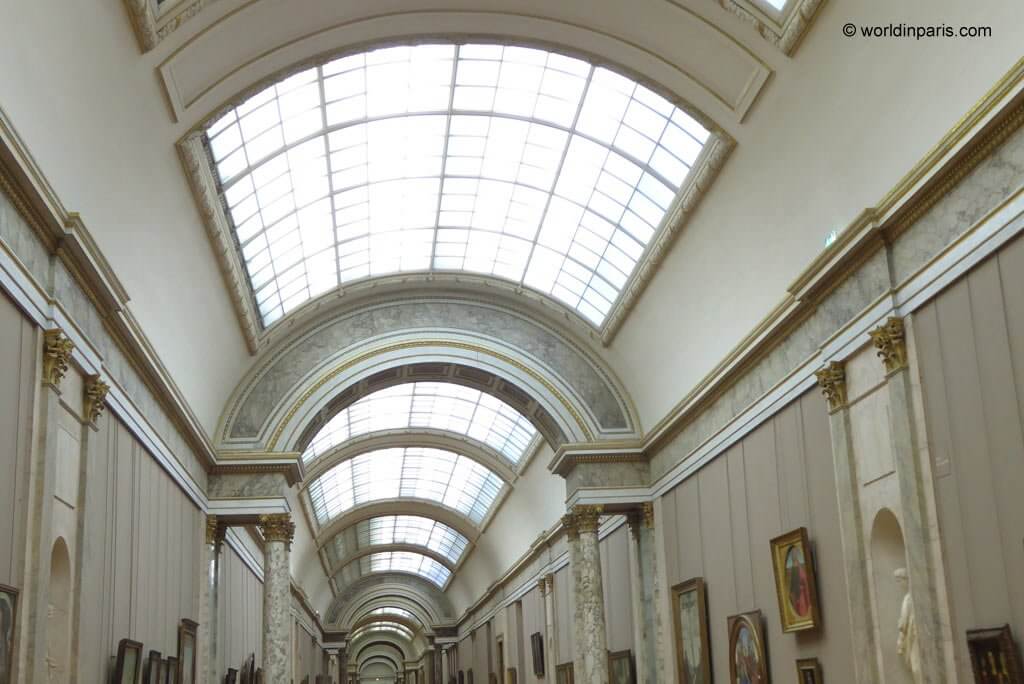
This is one of the most popular galleries in the Louvre inside because it leads to the Mona Lisa. The Grande Galerie was built between 1595 and 1610 to connect the Louvre Palace to the Tuileries Palace.
During the 17th century, the Grande Galerie was used for the scrofula ceremony. The scrofula was an infection of the lymph glands that led to swelling and discharge, and the French King’s touch claimed to heal. During the scrofula ceremony, the King laid his hand on the sick to heal them.
In the 19th century, the Grande Galerie was shortened by a third to build the Flore Wing. Today, it hosts part of the Louvre’s Italian paintings.
Despite its length and the quality of the artworks displayed (Da Vinci, Raphaello, Caravaggio, …), this is a gallery that visitors ‘see’ quickly, all in a rush on their way to see the Mona Lisa!
WHERE: Denon Wing – First floor, Rooms #710, 712, 716
4. Galerie d’Apollon (Denon Wing)
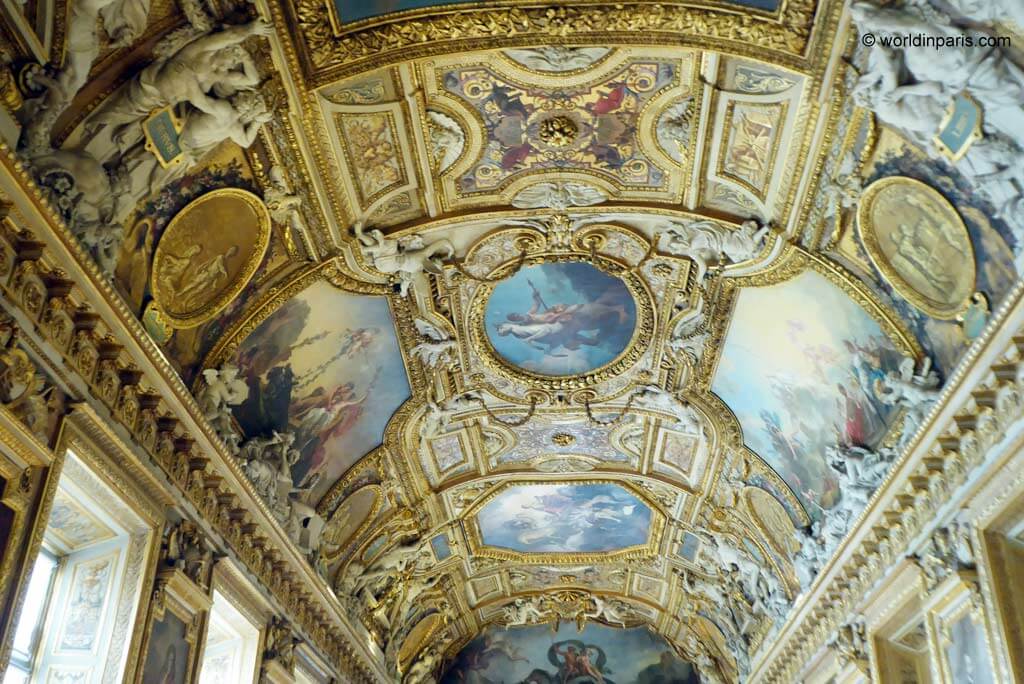
The Galerie d’Apollon, recently restored, is one of the most beautiful spaces inside the Louvre Museum. The Gallery, perpendicular to the Seine River, was built under King Henri IV’s reign, during the construction of the Grande Galerie.
At that time, the Galerie d’Apollon was called Galerie des Rois (Kings’ Gallery), and it hosted the portraits of Kings and Queens of France.
In 1661 a large fire destroyed the Gallery, and reconstruction works took place during King Louis XIV’s reign. This Gallery was King Louis XIV’s first royal gallery and was used as the model for the famous Glass Gallery in Versailles.
Today, the Galerie d’Apollon hosts part of the jewels of the French crown, with the famous Regent Diamond. Don’t miss its impressive vaulted ceiling!
WHERE: Denon Wing – 1st floor, Room #705
5. Cour Marly
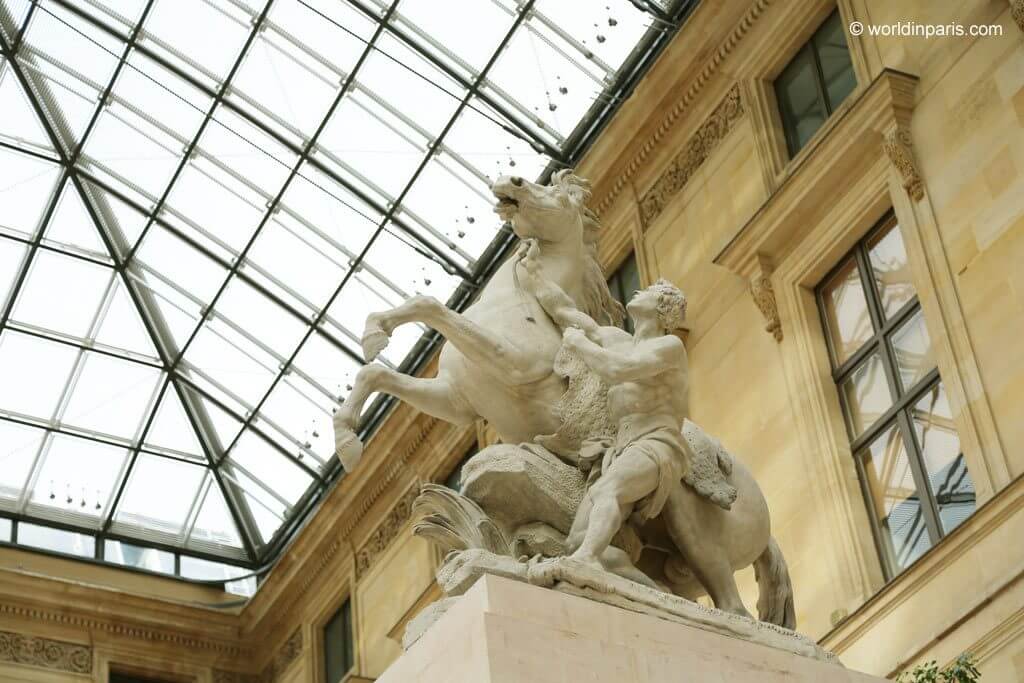
This inner courtyard was built in the North Wing in the 19th century. During Mitterand’s Grand Louvre Project, it was refurbished and covered with a glass roof.
Today it hosts French statuary, and it gets its name from the spectacular Horses of Marly, one of our favourite sculptures in the Louvre!
WHERE: Richelieu Wing – Ground floor, Room #102
6. Salle du Manège (Denon Wing)
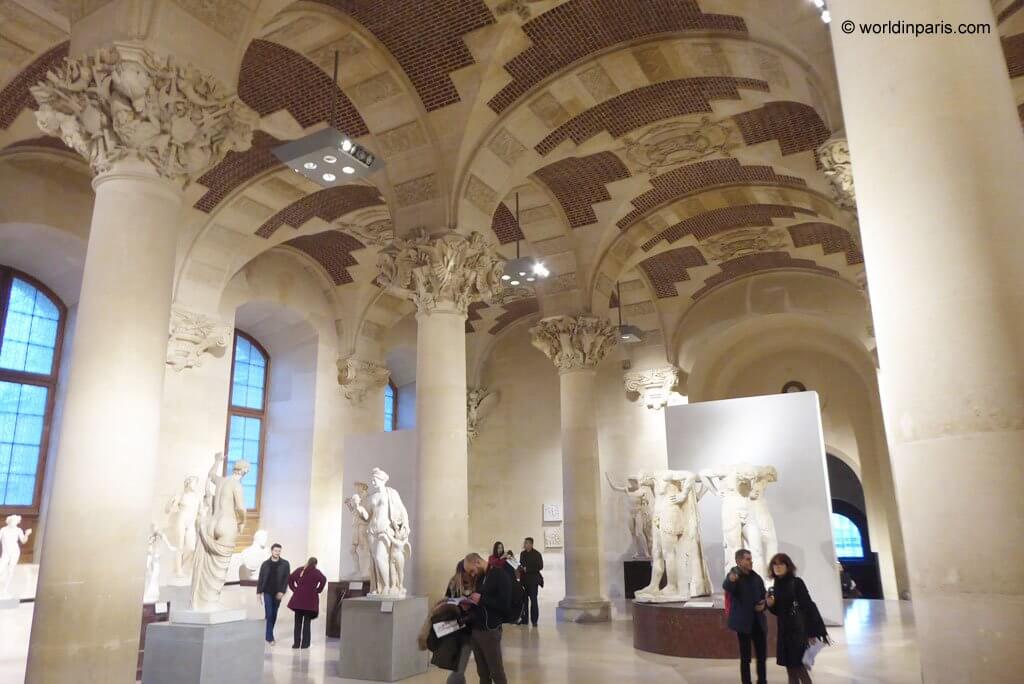
The Louvre Palace interior has other beautiful surprises, like this grand hall. The Salle du Manège was built during the Second Empire (1852-1870) to accommodate the exercises and equestrian events of the Imperial Stable.
When the Louvre Palace became a museum, in 1793, La Salle du Manège was the Louvre’s main entrance until the Glass Pyramid’s construction.
Today the Salle du Manège displays Roman antiquities coming from important private collections.
WHERE: Denon Wing – Ground floor

7. Cour Lafuel

This (today) inner court was used in the past for the horses to access the Salle du Manège, hence the stair’s huge dimensions and shape.
If you have visited the Château de Fontainebleau – one of the best trips from Paris, by the way –, you will find this stair very similar to the one in Fontainebleau.
Unfortunately, this courtyard is not open to the public, so you can only view it from a window.
WHERE: Denon Wing – Ground floor
8. The Ministry of State’s Ceremonial Apartments (Richelieu Wing)

Wrongly named the Napoléon III Apartments, these Louvre Palace rooms and halls were built between 1852 and 1857 for the Ministry of State during the Second Empire. These apartments were built for hosting VIPs like heads of state, not for Napoléon III himself.
The construction works were supervised by Napoléon III himself, who lived in the Tuileries Palace. Particularly impressive are the main saloon and the dining room.
WHERE: Denon Wing – First floor, Rooms #544, 547
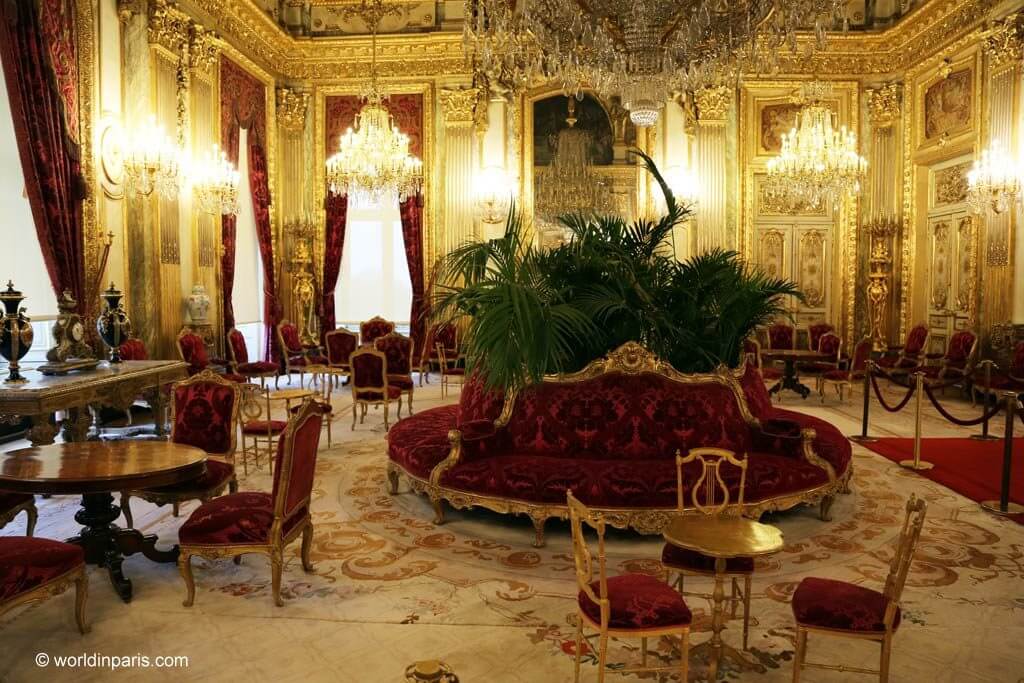
9. The Louvre Glass Pyramid
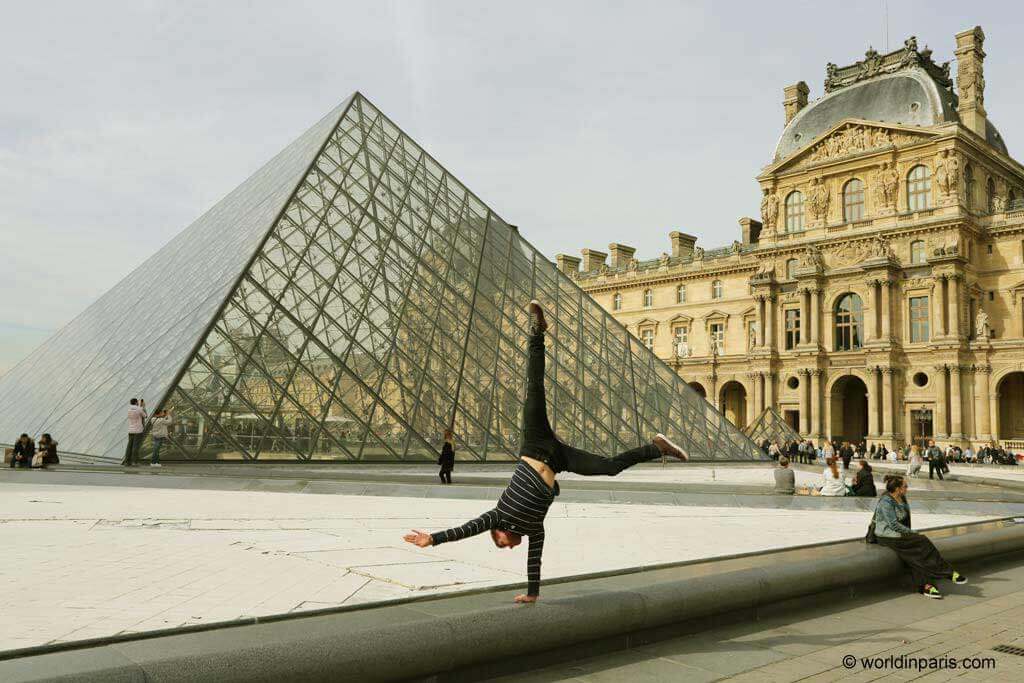
The Louvre Glass Pyramid, dominating the Cour Napoléon, was designed by the architect I.M Pei. Its construction was very polemic, and all the city was against it, just like with the Eiffel Tower!
The Louvre Pyramid is the Museum’s main entrance since its opening in 1989 and the symbol of the Louvre. The Glass Pyramid is also very appreciated by photographers in Paris, and some of the best views of Paris have the Louvre Pyramid as the main object.
The Louvre Pyramid, 21.64 meters high, consists of a 95-tonne steel structure and 105-tonne aluminium frame and contains 673 glass panes (603 rhombi and 70 triangles). The Glass Pyramid is not alone: three smaller copies surround the main Pyramid.
10. Cour Visconti – Arts de l’Islam
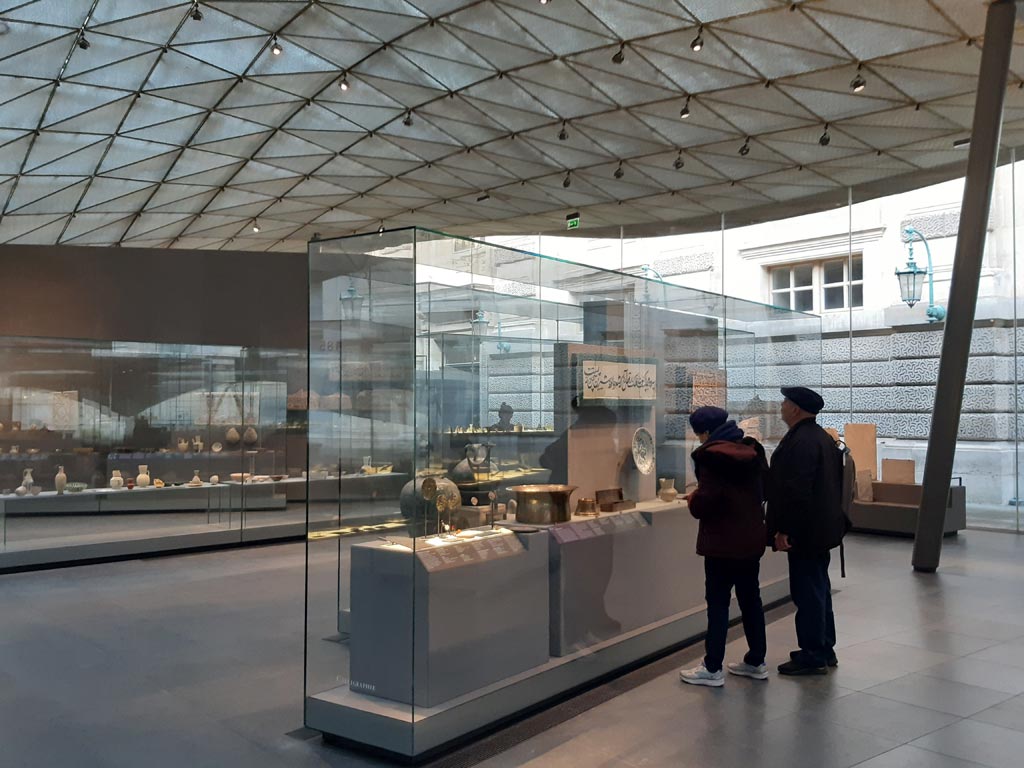
The Arts of Islam Department is the newest department in the Louvre Museum, opened in 2012. Today, the department houses over 3,000 artworks reflecting the variety and luxury that surrounded caliphs, sultans and princes in a purpose-designed structure.
The glass and metal structure was designed by architects Rudy Ricciotti and Mario Bellini and architect and exhibition designer Renaud Piérard. It stands in the Cour Visconti, formerly an open-air courtyard. Under the golden veil, the collection is spread over two levels.
The upper level unfolds under this extraordinary roof of undulating metal, which can resemble many things: a floating veil, a sand dune, an Islamic latticework window…whatever your imagination suggests!
On the lower level, the light and atmosphere are quite different. The mysterious lighting and the treasures displayed are worthy of Aladdin’s cave.
And there you have it, the best rooms and halls inside the Louvre Palace. What are your favourite ones?
Click here for other Paris Attractions
Some interesting articles in the blog
Pin it now & read it later
